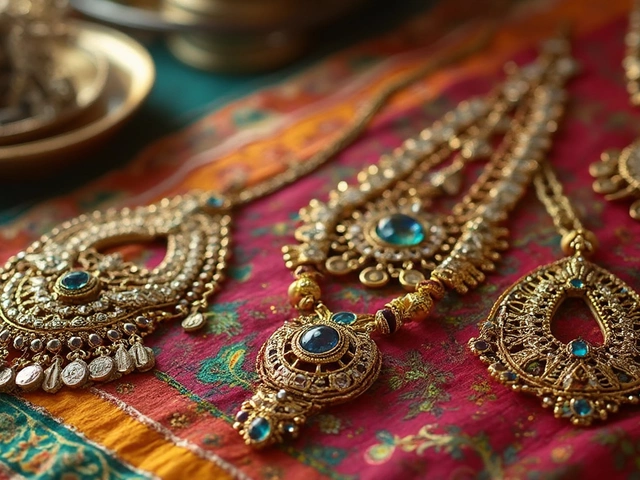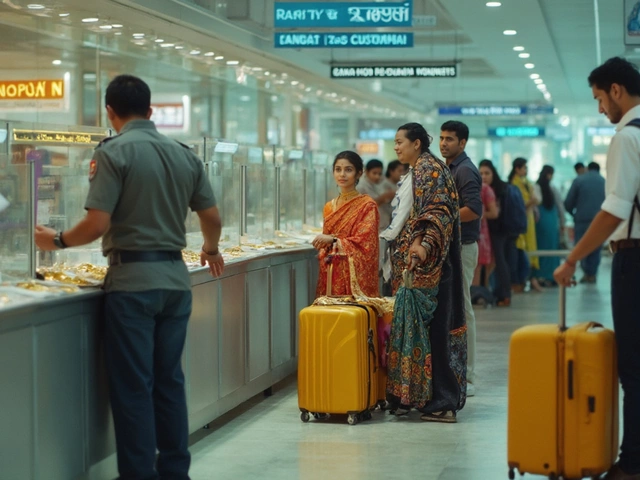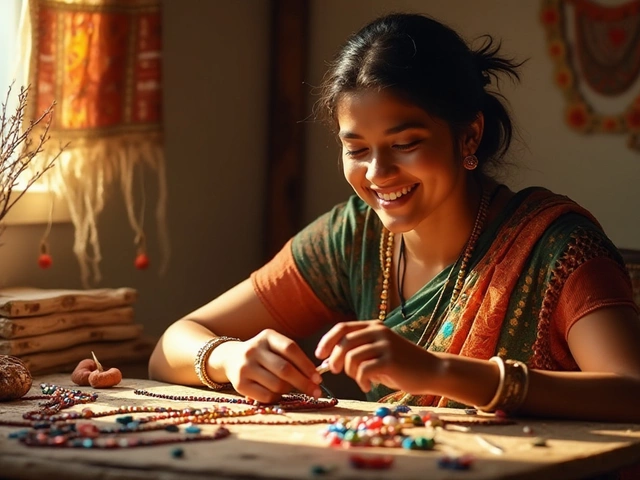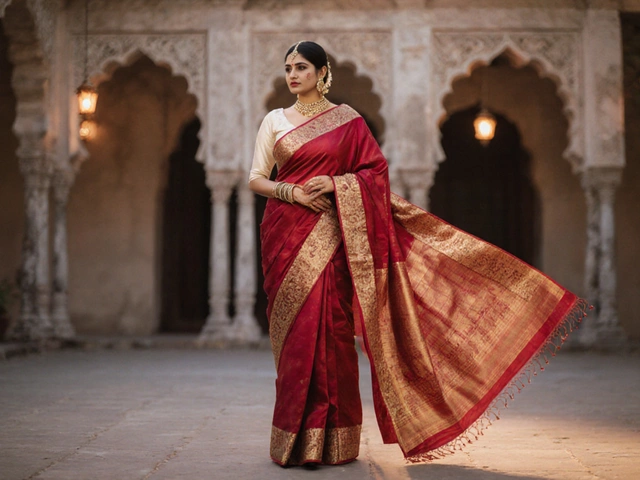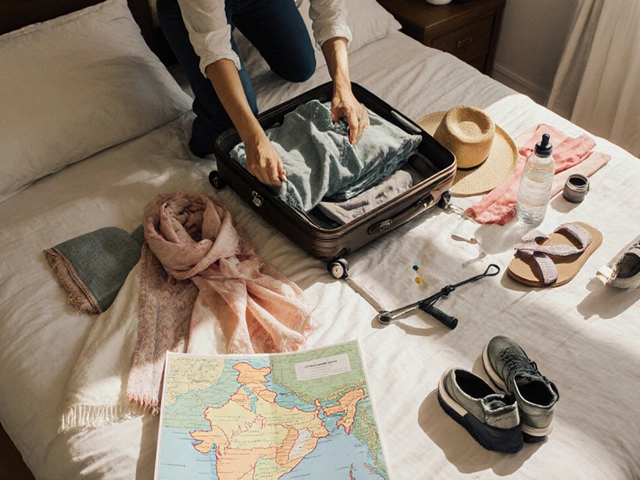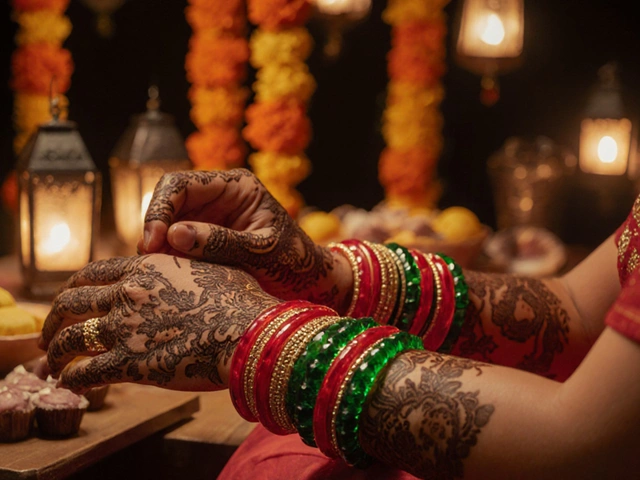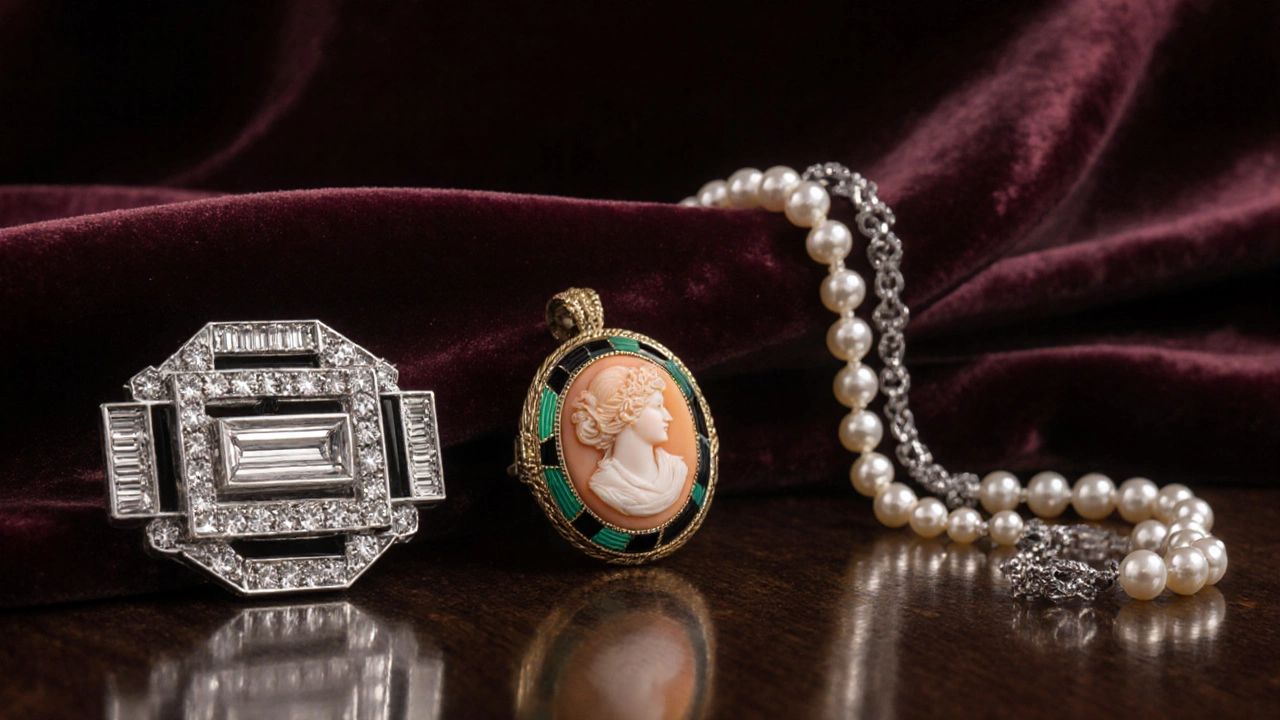
Vintage Jewelry Value Estimator
How It Works
This tool estimates value based on key factors from the article:
- Historical era (Art Deco, Victorian, etc.)
- Materials (platinum, gold, etc.)
- Condition (excellent, good, fair)
- Signature brands (Cartier, Tiffany & Co., etc.)
Estimated Value Range:
$0 - $0
Confidence Level: High
Based on:
Vintage jewelry refers to decorative pieces that are at least 20‑30 years old and retain their original craftsmanship, materials, and style. Collectors chase these items not just for their age but for the stories they tell. If you’re wondering which pieces command the highest demand and price, you’ve landed in the right spot. Below we break down the eras, the hallmark designs, and the buying signals that separate a fleeting trend from a lasting investment.
Key Takeaways
- The most coveted vintage pieces come from the Art Deco, Victorian, and Edwardian eras.
- Signature makers like Cartier and Tiffany & Co. add instant premium value.
- Look for hallmarks: hallmark stamps, original setting, and provenance documents.
- Market prices are driven by rarity, condition, and current collector sentiment.
- Buying from reputable auction houses or certified dealers reduces risk of fakes.
Why Vintage Jewelry Still Beats Modern Pieces
Unlike contemporary fast‑fashion accessories, vintage items were often handcrafted by skilled artisans using high‑karat gold, sterling silver, and genuine gemstones. Over time, the metals develop a patina that many collectors consider part of the piece’s character. vintage jewelry also offers a tangible link to historic moments-think of a 1920s flapper’s clutch or a Victorian mourning brooch that once held a lock of hair.
Era‑by‑Era Breakdown of the Hottest Styles
| Era | Signature Pieces | Typical Materials | Price Range (USD) | Key Brands/Designers |
|---|---|---|---|---|
| Art Deco (1920‑1935) | Geometric brooches, stacked bracelets, baguette‑cut diamonds | 18‑22 kt gold, platinum, onyx, diamonds | 2,000‑100,000+ | Cartier, Van Cleef & Arpels |
| Victorian (1837‑1901) | Mourning rings, cameos, lockets | Gold, silver, ivory, enamel, jet | 1,500‑50,000 | Oscar Heyman, independent London silversmiths |
| Edwardian (1901‑1915) | Delicate filigree necklaces, pearl strands | Platinum, white gold, high‑grade pearls | 3,000‑75,000 | Tiffany & Co., Cartier |
| Retro (1940‑1955) | Chunky cocktail rings, enamel earrings | Gold, Bakelite, colored gemstones | 1,000‑20,000 | Elsa Peretti (early work), American Silver Corp. |
| Mid‑Century Modern (1955‑1970) | Minimalist cuff bracelets, abstract pendants | Stainless steel, gold vermeil, quartz | 800‑5,000 | Georg Jensen, David Yurman (early pieces) |
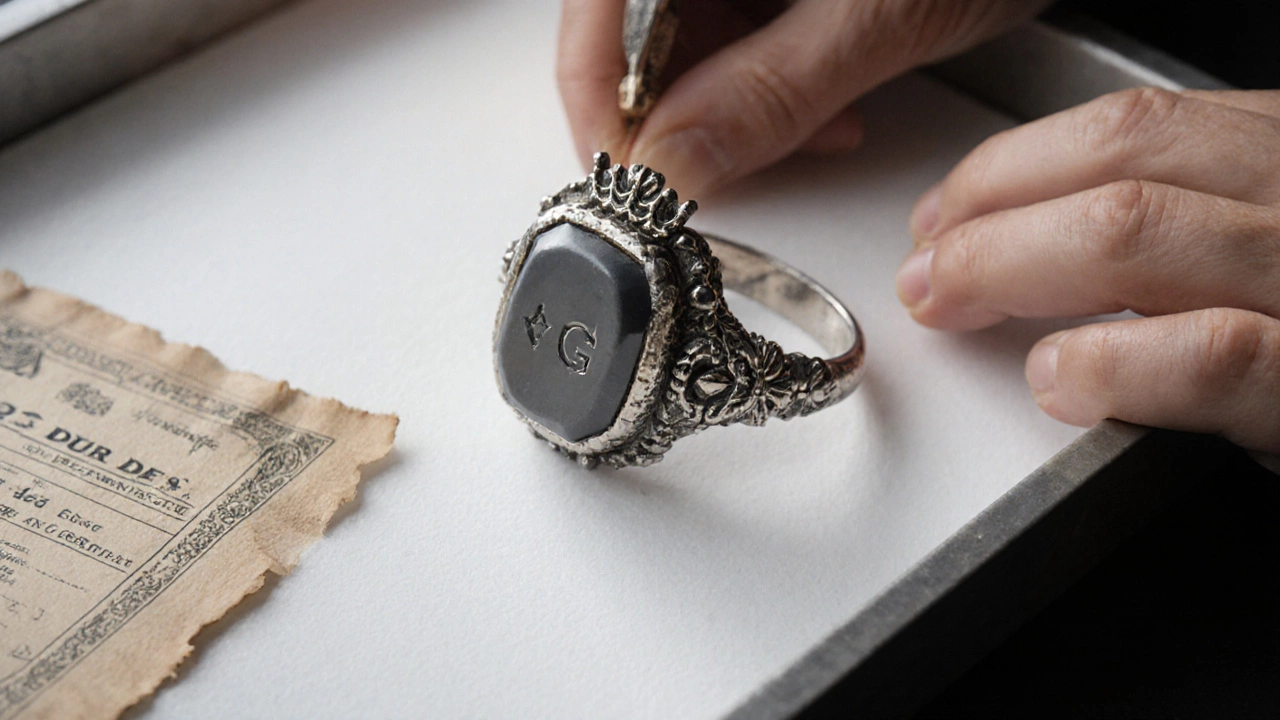
Spotting Authenticity: Hallmarks and Documentation
Because the market is flooded with reproductions, a few detective skills can save you thousands:
- Hallmark stamps. Look for maker’s marks, metal purity stamps, and country symbols. Victorian British pieces often carry a crown and a ‘G’ for gold.
- Original setting. Genuine vintage items rarely have aftermarket prong replacements. The solder lines should match the era’s technique-hand‑soldered for Victorian, welded for Art Deco.
- Provenance papers. Estate inventories, original receipts, or a reputable dealer’s certification add credibility.
Where to Buy: Auction Houses, Online Platforms, and Specialty Dealers
Choosing the right channel influences price and protection:
- Auction houses. Christie’s, Sotheby’s, and Bonhams host dedicated Vintage Jewellery sales. Their pre‑sale catalogs include expert estimates.
- Online marketplaces. Platforms like 1stdibs and Ruby Lane allow filtering by era and maker, but always ask for high‑resolution images and hallmarks.
- Specialty dealers. Shops that specialize in antique jewellery, such as London’s “The Jewellery Box,” often provide in‑house authentication.
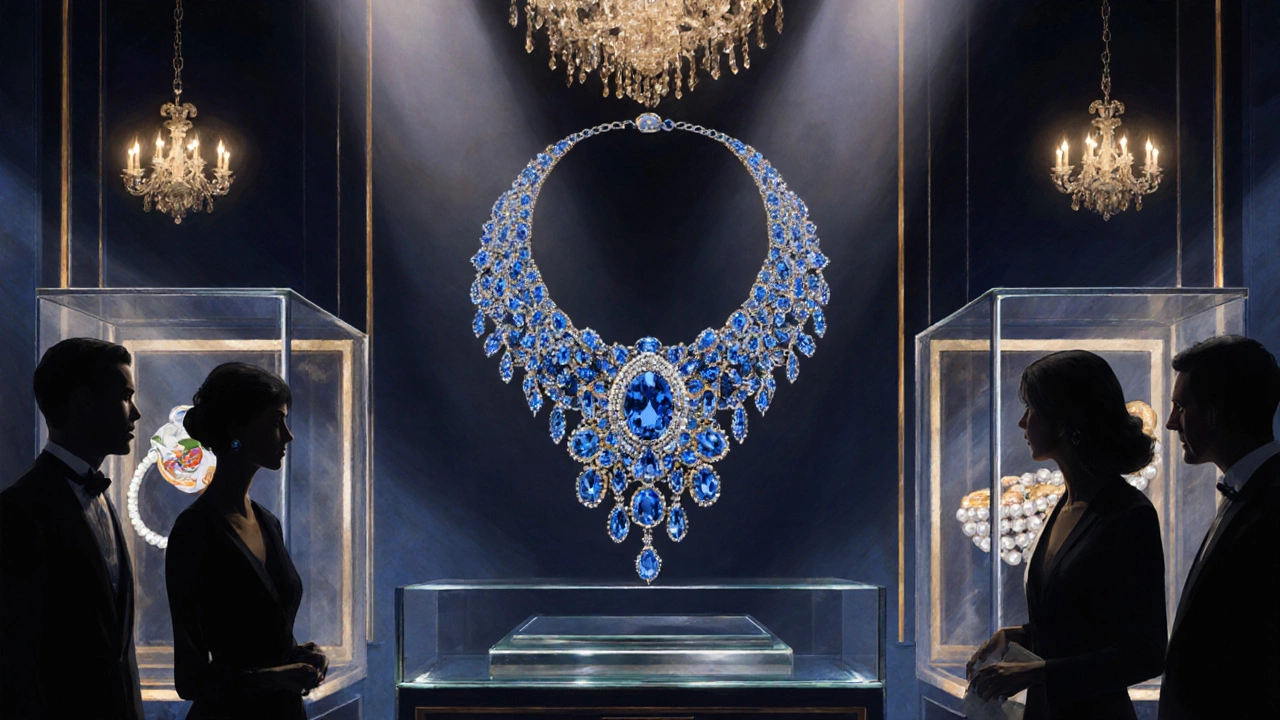
Pricing Trends for 2025: What’s Hot Right Now
Recent auction data shows a surge in demand for Art Deco pieces, especially those featuring rare gemstones like tanzanite. Victorian mourning jewellery has steadied, while Edwardian pearl strands continue to climb as high‑net‑worth collectors seek classic elegance. Mid‑Century minimalist cuff bracelets have entered the ‘affordable luxury’ segment, making them a good entry point for new collectors.
Maintaining and Storing Vintage Pieces
Preserving value isn’t just about buying smart; it’s about caring right:
- Store each item separately in a soft‑lined jewelry box to avoid scratching.
- Keep metals in low humidity; use anti‑tarnish strips for silver.
- Clean only with a soft cloth; avoid harsh chemicals unless a professional jeweler recommends otherwise.
- Have high‑value pieces inspected every 2‑3 years for setting integrity.
Frequently Asked Questions
Which vintage era offers the best return on investment?
Art Deco jewellery, especially those with original diamonds or rare gemstones, consistently yields the highest percentage returns, often outperforming other eras by 15‑30% over a five‑year span.
How can I verify a piece’s authenticity without a certificate?
Examine hallmarks, compare the setting style to known era characteristics, and request a professional appraisal from a certified gemologist or a reputable auction house.
Are there any red‑flag signs when buying vintage jewellery online?
Beware of listings that lack close‑up photos of hallmarks, use stock images, or offer prices that seem too good to be true. Always ask for provenance and a return policy.
What’s the difference between ‘vintage’ and ‘antique’ jewellery?
‘Antique’ generally means a piece is at least 100 years old, while ‘vintage’ covers items that are at least 20‑30 years old but not yet classified as antique.
Should I insure my vintage collection?
Yes-collectible jewellery should be covered under a specialized personal property policy that values each piece individually.

